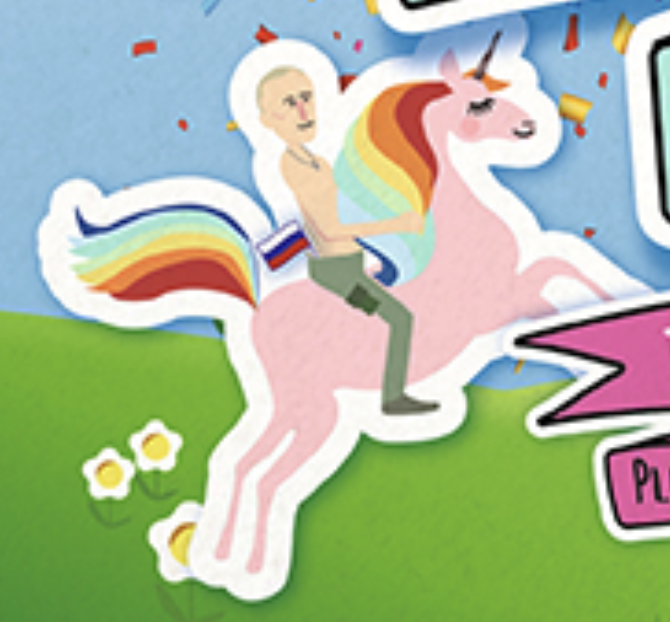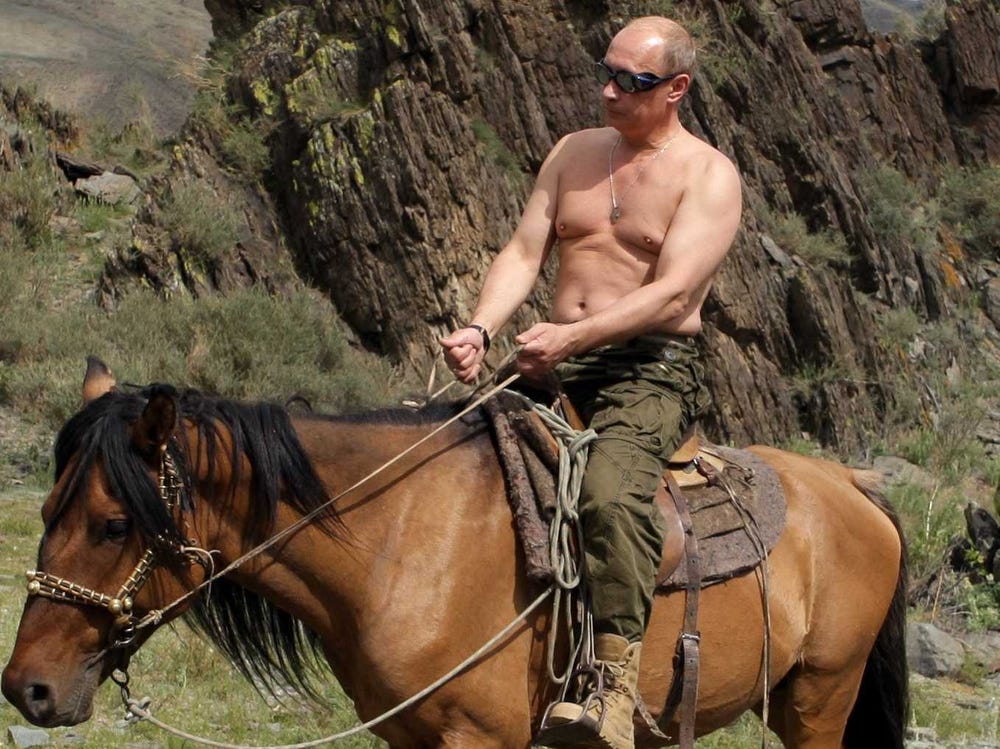PRACTICE EXAM QUESTION
Analyse how effectively source C (above cover) uses the combination of elements of media language to communicate multiple meanings (OCR A Level Media Studies – Media messages, Section B Media Language and Representation)
The Big Issue from 26th March 2018 was published during a particular moment of global uncertainty. This coincided with a rise in right-wing populism and socially conservative policies. The Big Issue’s target readership is predominantly socially liberal, and so the front cover of this edition is designed to reflect their opposition to the prevailing values of the time.
The almost child-like collage aesthetic of the cover is effective at satirising the authority of the leaders, regimes and policies it depicts as well as playfully offsetting the potential trauma of the news cycle for individual readers.
The composition of the images that cluster around the ‘How to be Happy in a World Gone Wrong’ main cover-line is reminiscent of a scrapbook or an emoji cluttered Instagram or Facebook story. This colourful collage could be read in at least two different ways (the cover is polysemic). On the one hand, it could signify an appeal to readers to maintain a positive outlook despite the potentially depressing state of the wider world (it’s overall mode of address implies ‘this isn’t a good time to be left-wing and liberal, let’s see what we can do to help…’). This idea is anchored by the main cover line and accompanying sell-line; ‘The Code to Joy with neuroscientist Dean Burnett’. An interest in mental health and wellness are broadly consistent with the ‘reformer’ profile of the magazine’s readership.
Furthermore, the message of renewal and ‘a fresh start’ are reflected in the connotations of the picture-book style bunny, bee and daisy images that fit with an Easter edition. The smiley-face and ‘sun-lol’ emojis appeal to a social-media literate readership but also underline the ‘laughing in the face of adversity’ theme that runs throughout the cover.
At the same time, a series of ‘digital sticker’ images denoting Trump, Putin, Brexit and North Korea’s nuclear weapons programme cleverly undermine the patriarchal arrogance of the people and policies they depict. President Putin, known for his hyper-masculine displays of power and his ideological opposition to same sex relationships, is sat astride a unicorn with a rainbow mane. This comical juxtaposition appeals to the reader’s progressive social and moral values but could also signify the optimism of a more socially inclusive future.


Trump’s composite image is half Twitter logo (Larry the Bird), and has dollar signs for eyes. In a succinct way it summarises Trump’s two main preoccupations and pokes fun at his neglect of serious presidential responsibilities. The Big Issue’s target readership is likely to understand both the intertextual and cross-cultural references in these images as well as sympathising with their implied political point. This style of satire is consistent with The Big Issue’s house style.
In summary, the cover is effective at appealing to the politics and tastes of the magazine’s target audience while also gratifying a need for some light-hearted escapism. On a more practical level it is effective at catching the eye of potential buyers; in keeping with the magazine’s unique method of street-vendor distribution.
